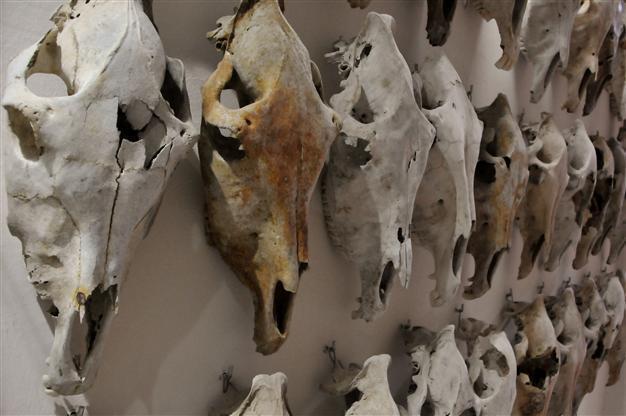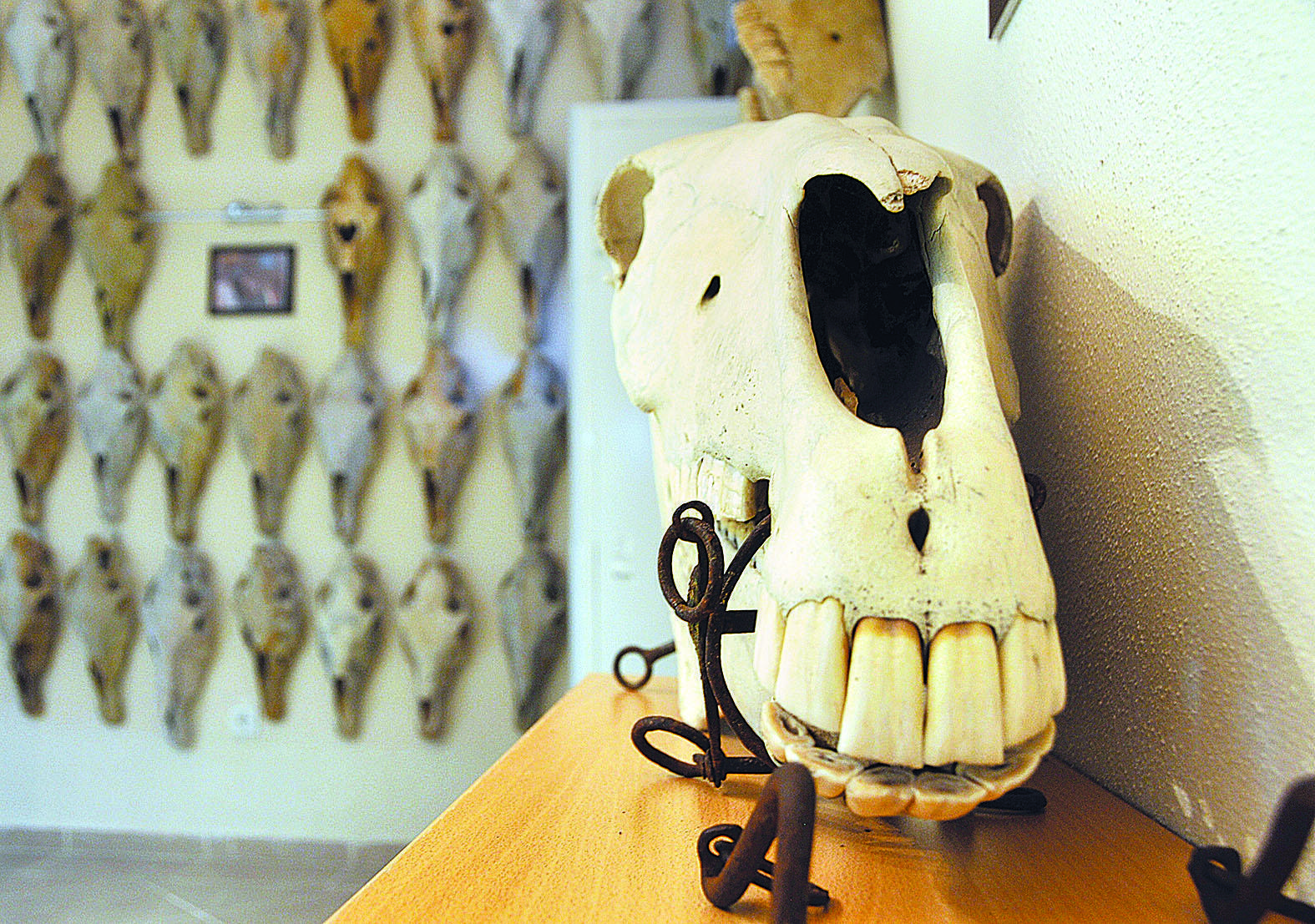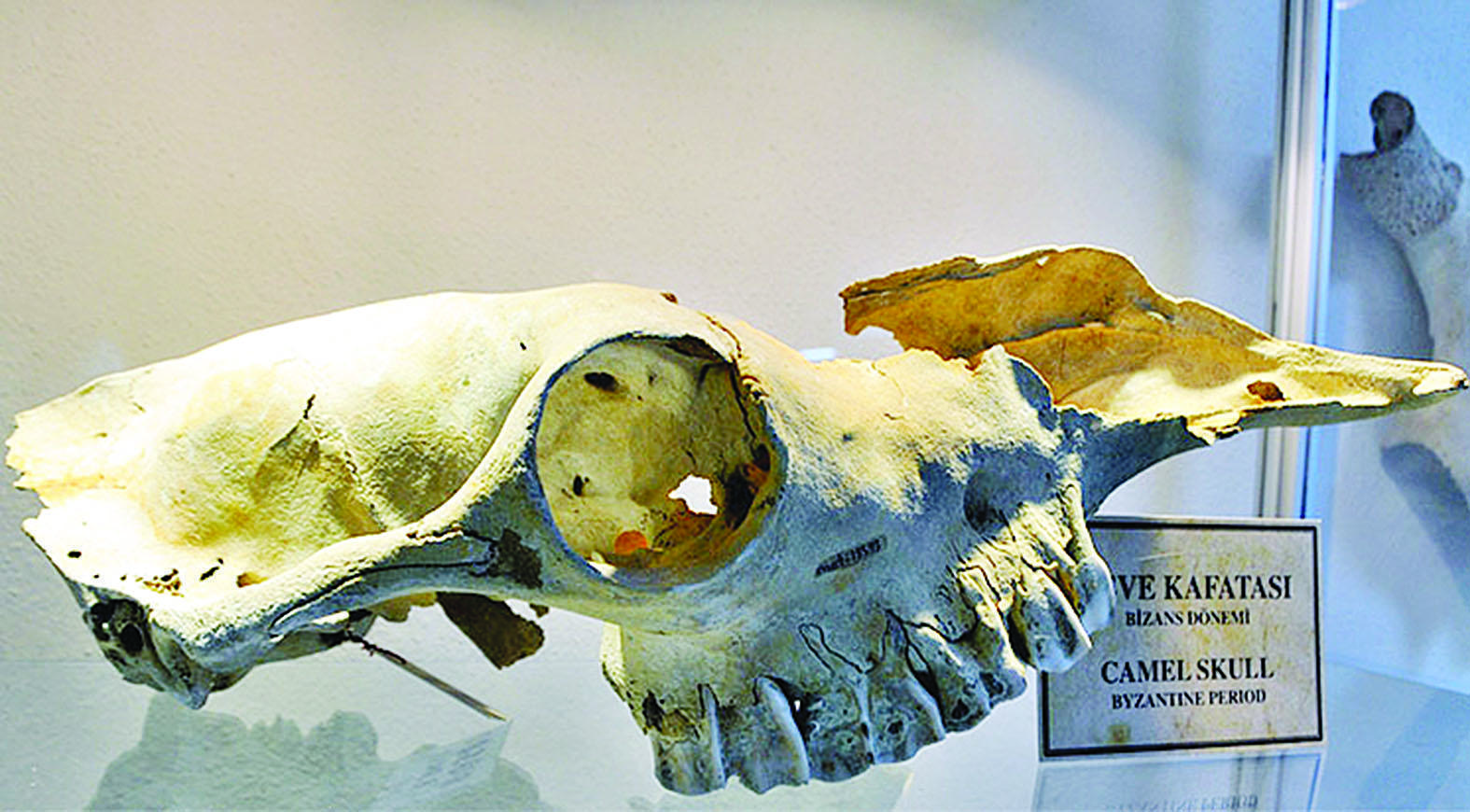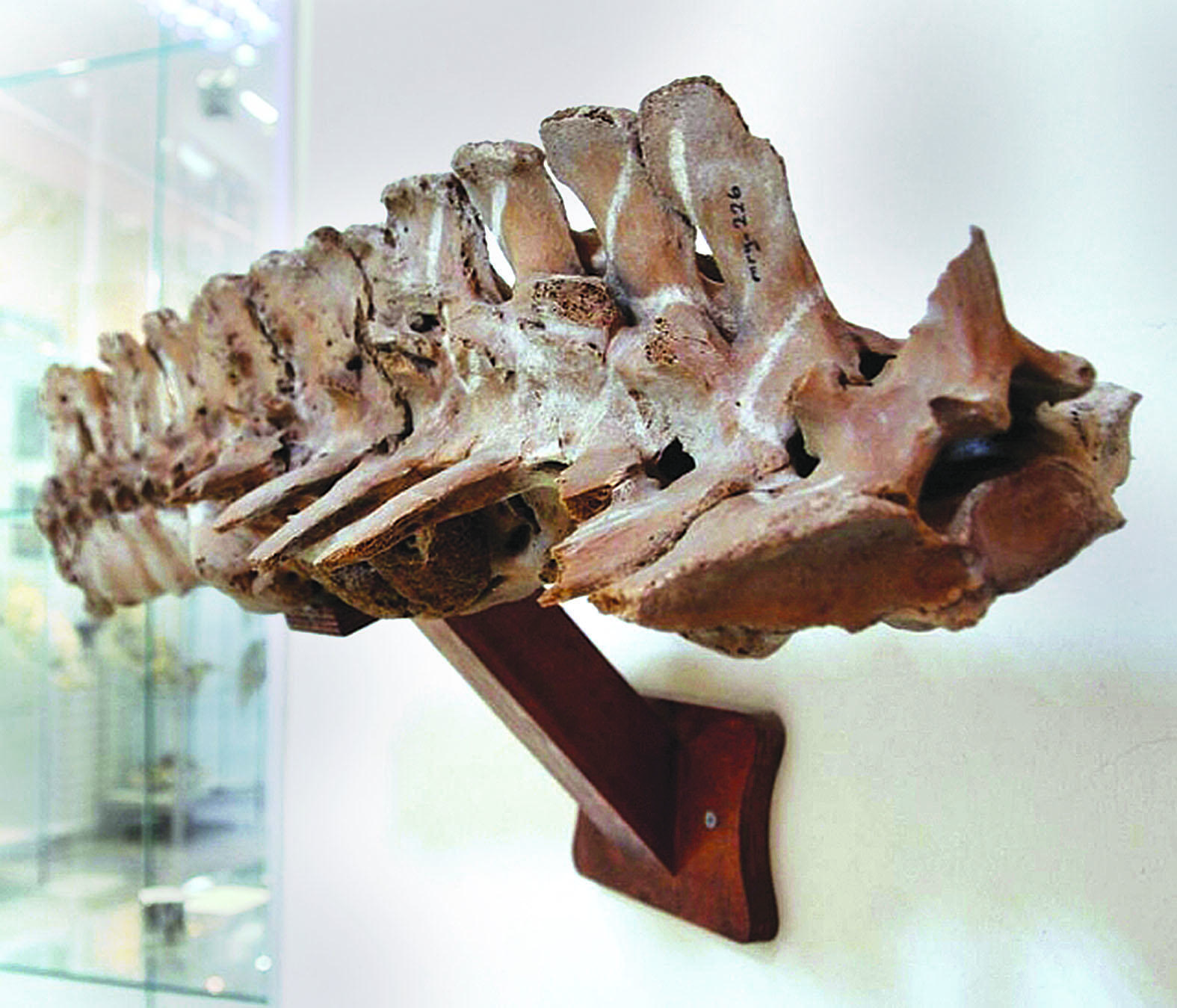Animal fossils in Istanbul shedding light on history
KOCAELİ - Anadolu Agency

The largest collection of horse bones from the
Byzantine Empire has been found during the
excavations in Istanbul. AA Photos
Istanbul’s Marmaray not only altered the face of Turkey’s largest city, it also changed how the city looks at its own history. With excavations for the transport link unearthing a treasure trove of ancient fossils and other detritus from the past, scientists are only beginning to appraise the past thanks to the bones left behind from yesteryear.
“Now we can see for real what we read in written sources,” said Istanbul University Osteoarchaeology Application and Research Center Director Professor Vedat Onar.
The center has helped shed light on the social and cultural life of the ancients and become a critical institute for the examination of animal bones, Onar said.
The excavations had brought to light very important data, changing the history of Istanbul, Onar said, noting that the institute was hosting academics from abroad, as well as student groups.
Onar said they had found bones from the Roman, Byzantine and Ottoman eras during the excavations. “We examined thousands of animal bones, discovering 57 species in this area. We have so far examined more than 60,000 bones in nearly 12 trucks. Using the bones, we are trying to reveal the social life of the era, human-animal relations, food habits and cultural structures.”
Neolithic Age
Onar said the examinations on the bones were continuing. “We are examining the bones one by one. We need to understand what a bone tells us. The Yenikapı and Marmaray are the projects of the century. The findings were unearthed [very] deep. We can see that Istanbul’s history went back in time.”
The professor said they had found remnants from 6,000-6,500 years ago. “We have a material, and we are recently getting the results of the examination on it. It shows that the European bison [bison bonasus] was in Istanbul. As the works go further, we went to 8,000-8,500 years ago, the Neolithic Age. We found human skeletons and traces of life from this age, when the lake of Marmara became a sea. These data change the history of the city. The excavation field of Theodosius Harbor also gives us very rich data.”
Among the 57 species, teams have found the bones of animals like sheep, goats, camels and cattle, Onar said, adding that some tools and decorative ornaments had been constructed from the bones.
Stating that they had gleaned information from the processed bones, Onar said: “They used the metacarpi of sheep. It was used in textiles, too, and was turned into bobbins. We see that there were textile relations around the Theodosius Harbor. These tools were probably used there. The highest number of bones were from horses. We can see the traces of butchery on the bones. We found Arabian camels as well as rich fish species and caretta species. They were most probably brought by commercial ships to the Mediterranean. There were bears, too. They were used for shows; we have data on it.”
Providing detailed information about the bones, the professor said, “We found four-horned sheep bones; the original is in Syria. This bone is important since it shows the commercial route of the harbor. There were also the bones of a gazelle as well as a monkey skull. In terms of pet animals, there were many cat and dog bones. We found two elephant fossils, too.”
The richest horse bone collection Onar said teams had found the largest collection of horse bones from the Byzantine Empire during the excavations.
“We have so far got lots of data on these bones. We have theories about their daily care because their care shows us the horse-human relations at that time,” he said.



